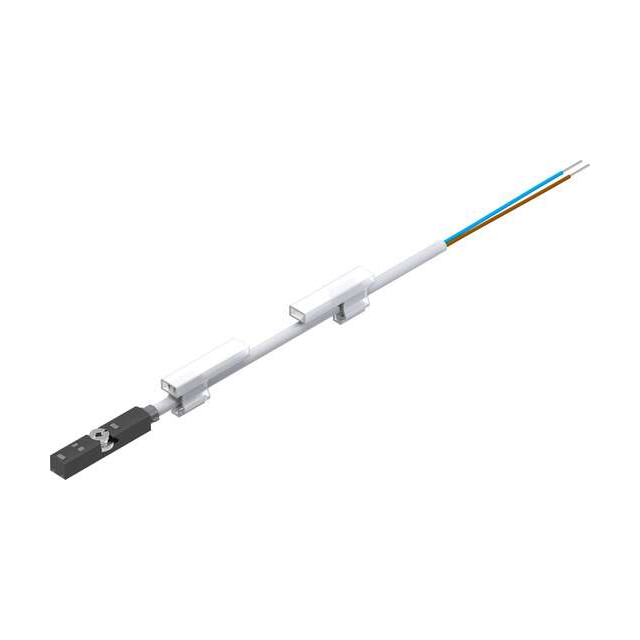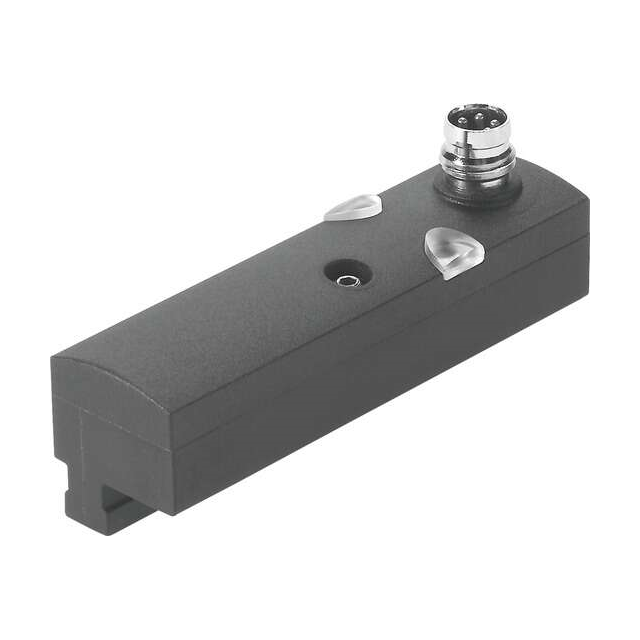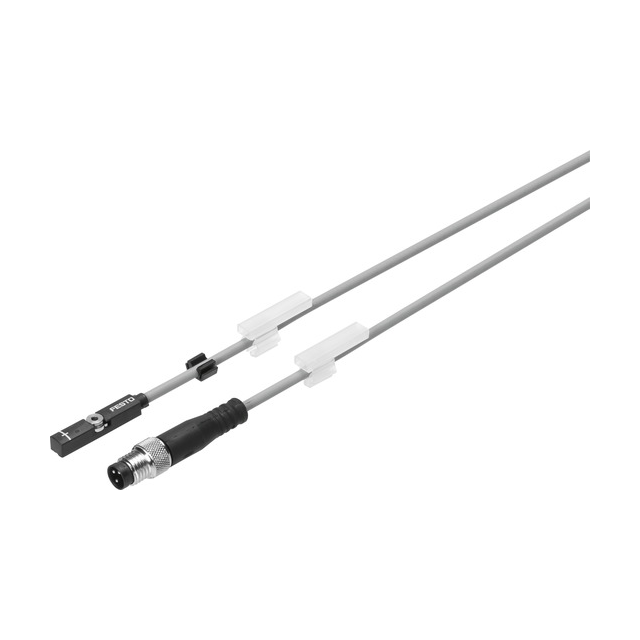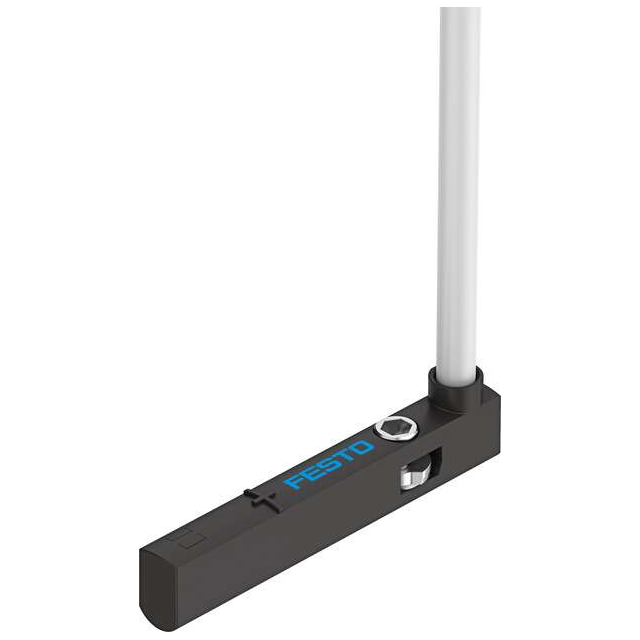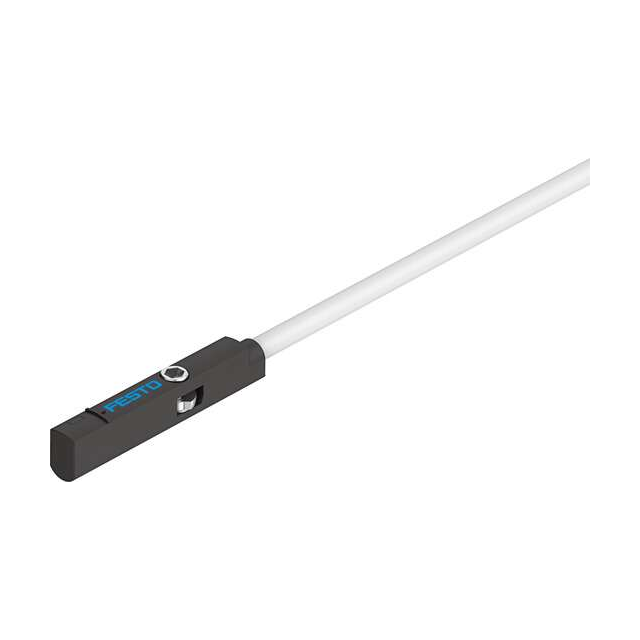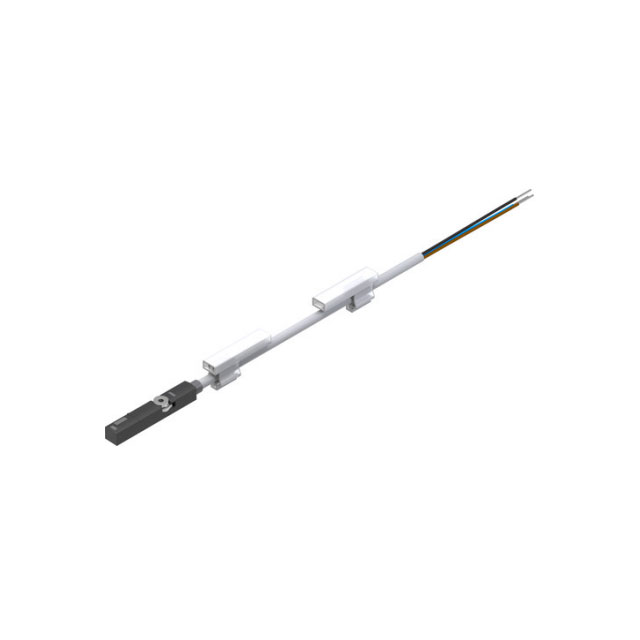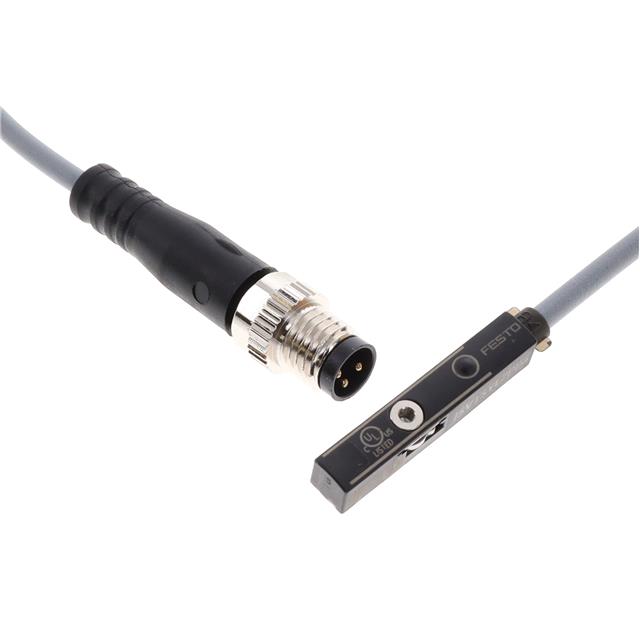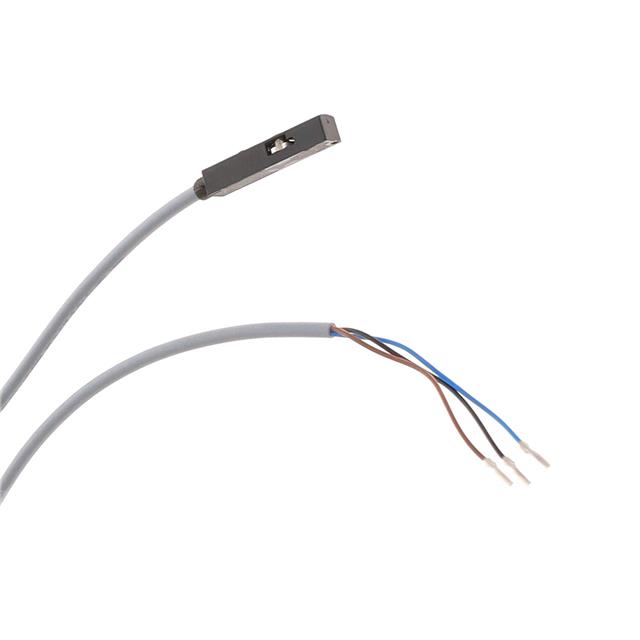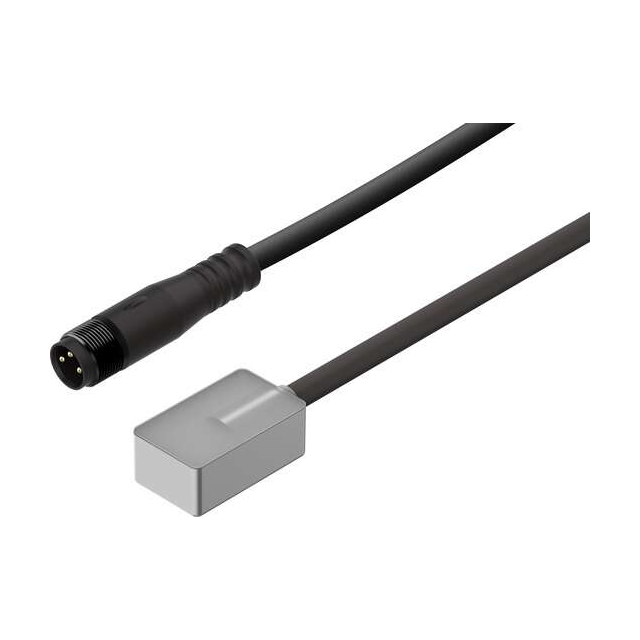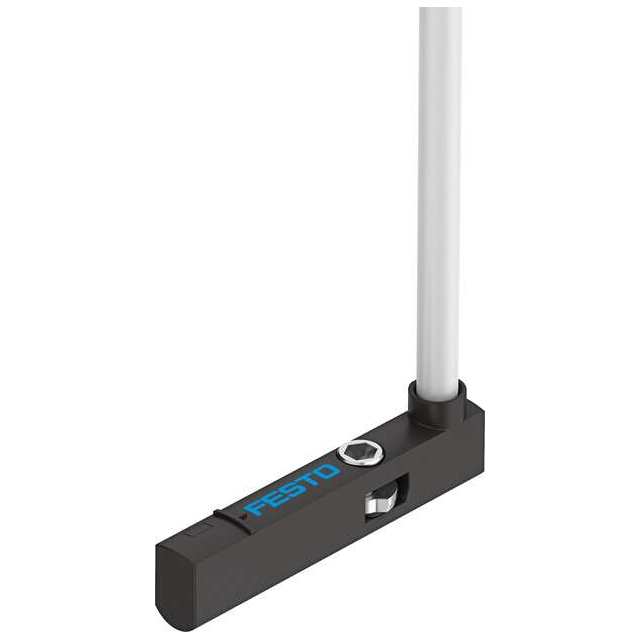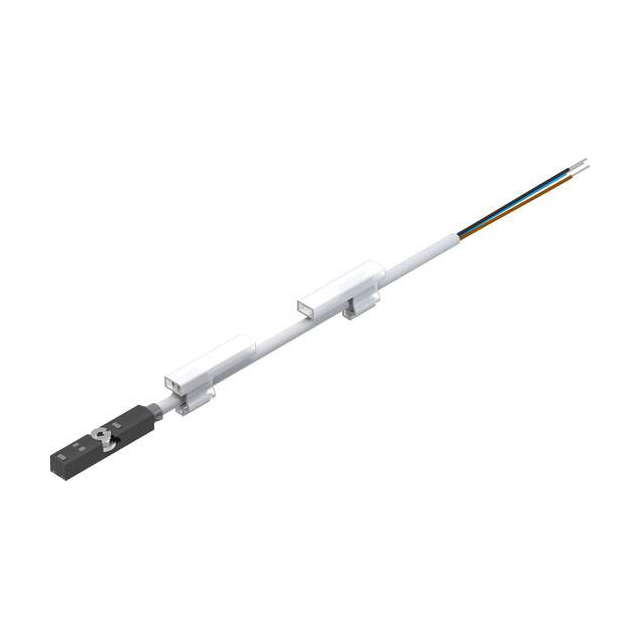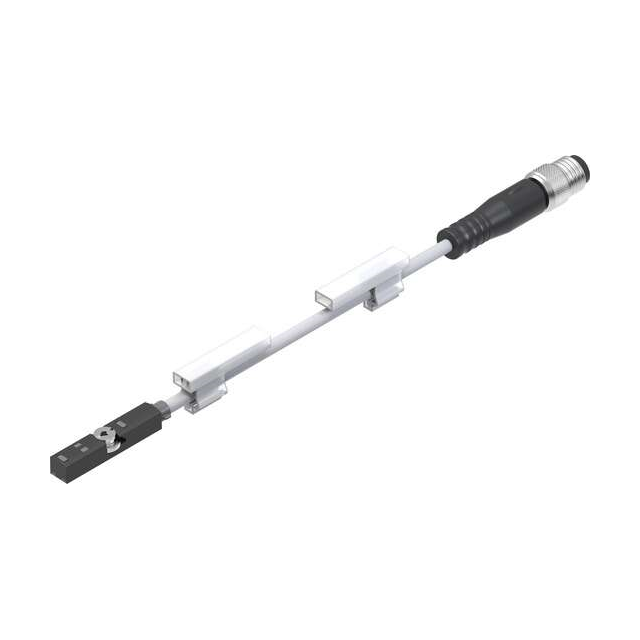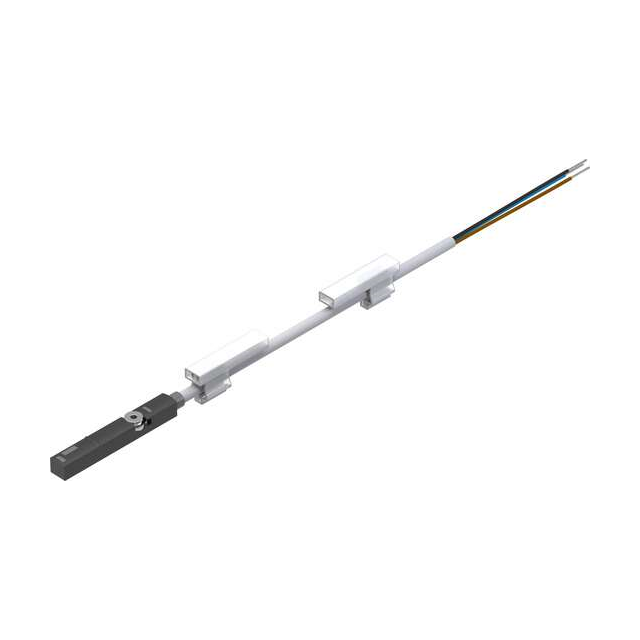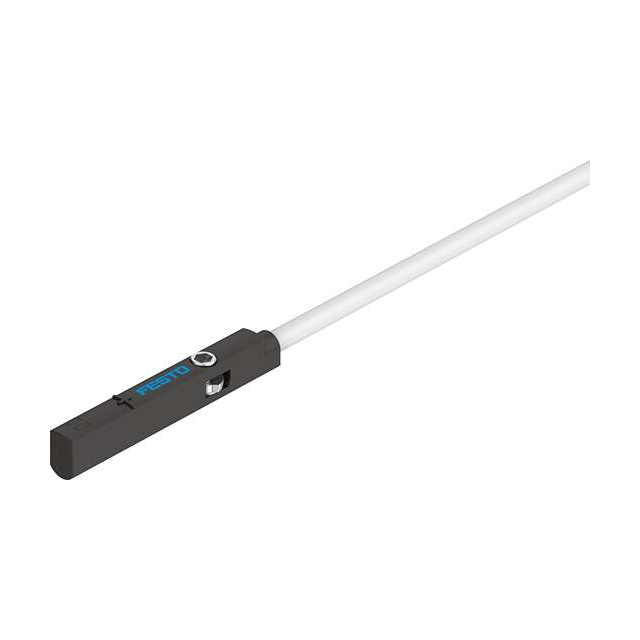Categories
- Position, Proximity, Speed (Modules)(34)
- 1
- 2
Position, Proximity, and Speed Modules: An Overview
These modules are advanced electronic components that combine cutting-edge sensing technologies with integrated processing capabilities. They provide precise monitoring and control over the spatial orientation, proximity, and velocity of mechanical components or movable objects. These modules are essential in various industries, ensuring the accurate and efficient operation of automated systems.
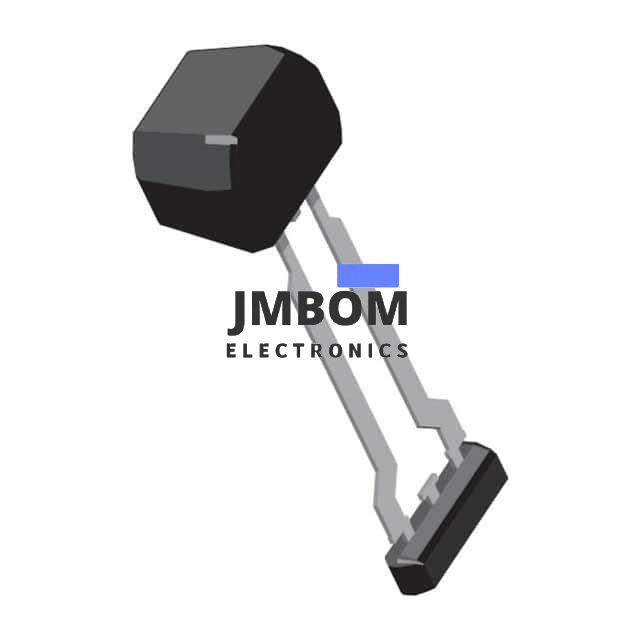
Types and Applications
Position Modules: Position modules utilize high-resolution encoders or advanced sensing mechanisms to determine the exact location and orientation of objects within a system. They are crucial in applications that require precise positioning.
Proximity Modules: Proximity modules are designed to detect the presence and distance of objects without physical contact. They use various sensing technologies, such as ultrasonic sensors that emit sound waves and measure the time it takes for the echo to return, infrared sensors that detect heat signatures, and laser sensors that use light beams to measure distance. These modules are widely used in collision avoidance systems in robotics, object detection in assembly lines, and parking assistance in vehicles.
Speed Modules: Speed modules measure the rate of movement or velocity of objects or vehicles. They often incorporate sensors that can detect the rotational speed of wheels or shafts. These modules are vital in applications like vehicle speed control and conveyor belt systems in manufacturing.
Benefits of Integration
By integrating these modules into a system, engineers can achieve a higher degree of automation, enhance safety through proximity detection, and maintain precise control over mechanical movements. This is essential for the operation of modern industrial and technological applications.
Beyond Industrial Automation
These modules are not limited to industrial automation; they also play a significant role in robotics, automotive control systems, and precision instruments. They ensure that machines and vehicles operate within safe parameters, improve efficiency, and contribute to the overall reliability and performance of automated systems.







